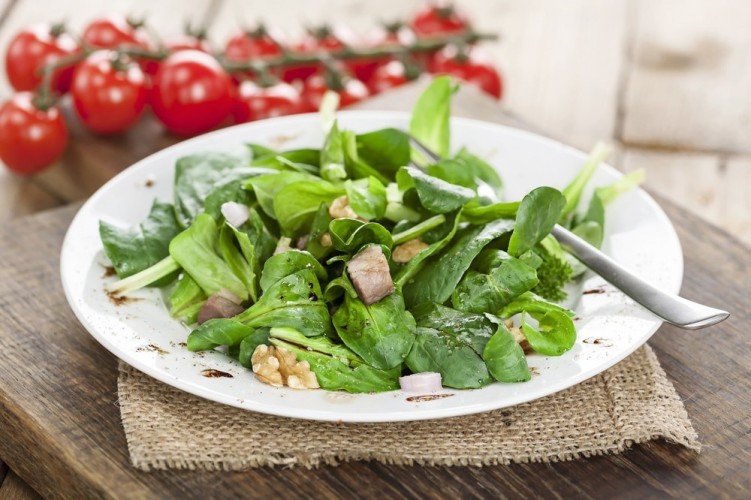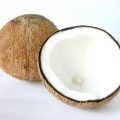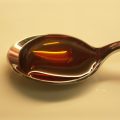
Odd as it sounds, your face may show you eat. People who tend to eat healthier foods often keep smoother, less wrinkled faces later in their lives. Those who tend to feast on junk food, on the other hand, usually grow lines horribly early.
This should not be a surprise. The skin is like every other organ of the body: it needs the right nutrients to be at its best. Just as nutritional deficiencies manifest in other organs through inefficiencies in the way they function or little abnormalities, they manifest in the skin through wrinkles, spots, discoloration and a dozen other unsightly things. If you want to steer clear of those signals of wear and tear, you should pay more attention to what you put between your lips.
Below are just a few of the things that should be included in the do-eat category for those watching their skin. Along with water, all of the following have serious benefits for your looks when consumed in the appropriate amounts.
If you need more help on this front, ask a nutritionist for a consultation and explain exactly what you are trying to achieve — which is healthier-looking skin. You can also try any of the many programs now offering advice on that. Just ensure that the one you are following really is for skin health: an example is the Ageless Body System, which supplies food advice especially for those concerned with keeping the youthfulness of their skin.
The Best Foods to Eat for Young Skin
Flavonoid-rich foods
Flavonoids are substances produced by plants that belong to the category of antioxidants. That means that they fight wrinkle-causing free radicals. They are also good at fighting inflammation.
More foods contain these substances than you might realize. There are a lot of them in the darker varieties of chocolate, as well as in green tea.
The nice thing is that a lot of the stuff that contains flavonoids usually has other beneficial components. This is something that you will actually see a lot of in this list. For example, several tomato varieties have good flavonoid content. Tomatoes also carry lycopene and a lot of healthy compounds that help your body fight damage from the sun’s rays. Tomato-eating also tends to result in improved collagen production, which means your skin produces more new epidermal cells — for the record, that is always a good thing.
Foods rich in vitamin C
This vitamin is important for skin care in a number of ways. Firstly, it promotes the growth of collagen. Secondly, it promotes elastin production, which like collagen is another protein that contributes to the skin’s flexibility. Thirdly, it boosts the immune system, which is important in fighting off contaminants and bacteria that may be touching our skin.
It’s not hard at all to find foods rich in vitamin C. Most citrus fruits have it in abundance, for example, as do certain vegetables. Brussels sprouts, for example, are good sources of vitamin C. They also have the bonus of vitamin A and folate in them.
Another great source of vitamin C that you can try would be blueberries. This fruit is actually an excellent one to add to your diet as it has potassium, too, which can help in regulating the fluid retention of your skin cells (to combat puffiness).
Vitamin A foods
This is another vitamin you need for good, young skin. The popular skin care product ingredient, retinol, is in fact just one form of it. Vitamin A helps in combating dark spots as well as creasing and it can also help keep your skin hydrated.
So where can you find vitamin A? Look for dark green vegetables, which also often have vitamin C. Other important sources are carrots, some citrus fruits (oranges, for instance) and eggs.
Vitamin E foods
This is one of the most important antioxidants. Like vitamin C, it is often sold at pharmacies in capsule or supplement form due to its popularity. If you would prefer to consume your vitamin E as part of your food, though, try looking for dark and leafy green vegetables again. Nuts are also great sources of it, as are olives. In fact, start using olive oil more often — it’s not only good for your skin with its polyphenols but also happens to be good for the heart, too.
Foods with good fats
It seems almost unthinkable for some, but there are in fact good fats. These are usually the omega-3 and omega-6 fatty acids, both of which help with skin moisture. These fats are good for your cardiac health and can also help in the prevention or inhibition of skin cancer. You can find them in fish like sardines and salmon, as well as olive oil.
Look out, too, for foods that have unsaturated fats, like nuts. Monounsaturated fats like the fat in avocados and nut oil are good, as is the fat in hemp oil (which also carries a lot of vitamin E).
Complex carbohydrates
Not all carbs are bad — in fact, complex carbs can be pretty good for you. These have a low glycemic index, which means your blood sugar is less likely to spike with them. How does that translate to better skin? It makes wrinkles (and even acne) less likely to form since the sugars in your body will not be binding to proteins and damaging them. Examples of complex carbs are brown rice and barley, as well as oats.
Resveratrol
If ever there were a good reason to open a good vin rouge, it would be this. Resveratrol is a substance found in the skin of grapes, red wine, cocoa, peanuts, and certain berries — and it is a boon for those trying to keep their skin looking good. It reduces wrinkles and has the capacity to fight damage from the sun. It also happens to be an anti-inflammatory. Just remember to consume in moderation if you do get it from red wine, though — for obvious reasons.
If you want a handy visual guide on foods with anti-aging properties, check out our anti-aging foods infographic!






One Comment